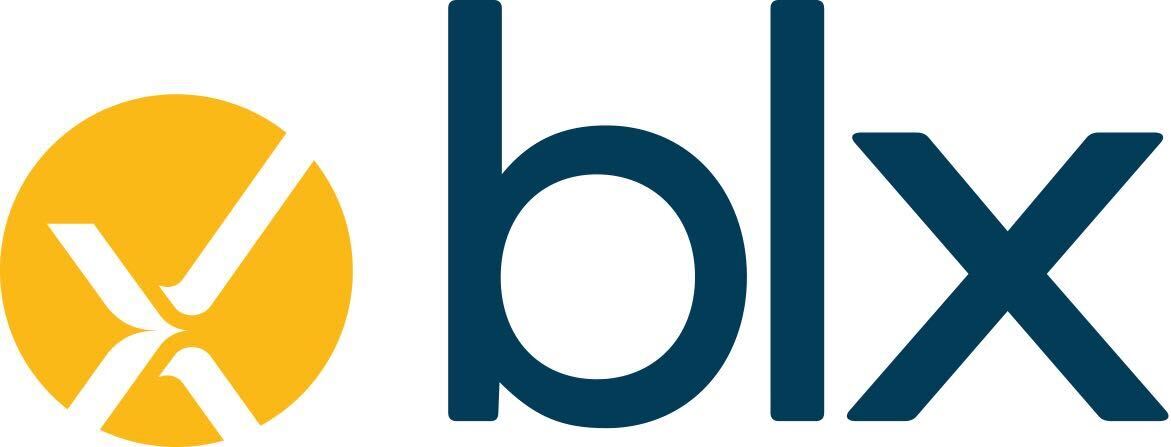
The BLX Institute
Continuing Disclosure
What is Continuing Disclosure?
Continuing disclosure is a requirement imposed by the Securities and Exchange Commission (SEC). Originally enacted in 1989, SEC Rule 15c2-12 is an indirect regulation of issuers. It prevents a dealer from underwriting municipal bonds unless it obtained and reviewed a preliminary official statement that the issuer or obligor deems final. The rule effectively stopped the practice of underwriters agreeing to underwrite a bond issue and preparing an offering document at a later time.
SEC Rule 15c2-12 was amended in 1994 to include continuing disclosure. Prior to offering bonds, the underwriters must reasonably determine that the issuer or obligor has entered into a binding commitment to provide continuing disclosure. This is accomplished by issuers (or obligors) executing a continuing disclosure agreement/certificate. These continuing disclosure obligations include filing annual reports (including audited financial statements) and disclosing specified “material events” with the MSRB via EMMA. The Rule has been amended numerous times to include additional material events and the timing to report such material events. Antifraud rules under securities laws apply to disclosures reasonably expected to reach investors and the trading markets. Annual reports and material event disclosures must therefore be accurate and not omit any material information.
How do Issuers Comply with Continuing Disclosure for new issues?
The undertaking to comply with continuing disclosure requirements must be contained in a legal document enforceable by bondholders. Standard practice is to include details of the undertaking in a separate continuing disclosure agreement/certificate. The official statement must describe the undertaking and any failures over the past 5 years to substantially comply with any prior continuing disclosure undertaking of the issuer or obligated party.
How do Underwriters Comply with Continuing Disclosure for new issues?
Before it offers bonds for sale or commits to purchase any bonds, the underwriter must obtain and review the Preliminary Official Statement (POS) and determine if the issuer has “deemed” it to be nearly final, excepting only final pricing information. The underwriter must determine that the issuer or obligated party has properly promised to undertake its continuing disclosure obligations. The underwriter must also determine if the issuer or obligated party has failed to comply with any continuing disclosure undertaking in the last 5 years (and if yes, make sure it is disclosed in the POS and final Official Statement). The underwriter must make its own inquiry, and not rely solely on statements made by the issuer or obligated party.
For more information, or questions please contact:
Jeff Higgins
213 612 2209
[email protected]
